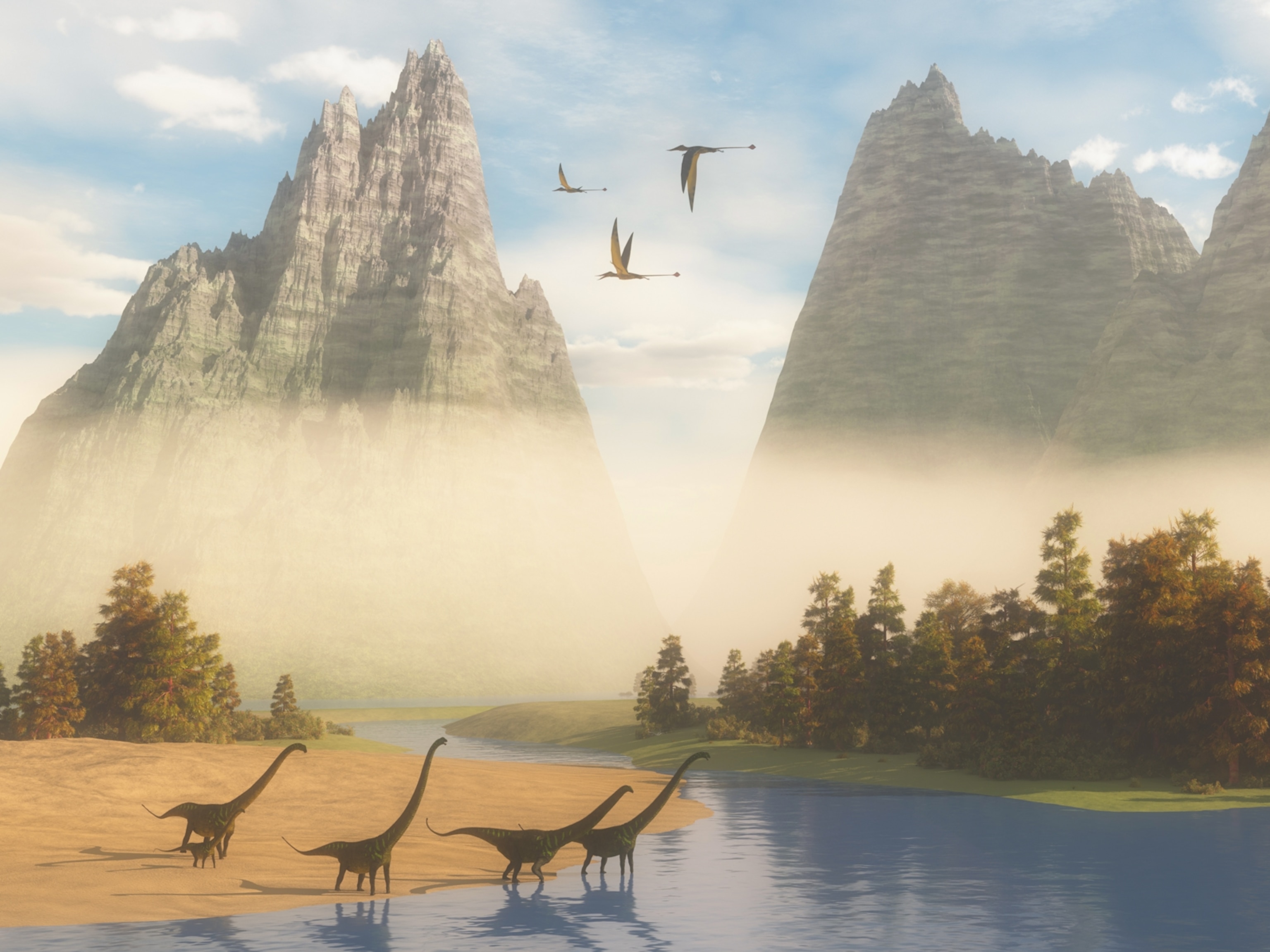
3-Foot "Shrimp" Discovered—Dominated Prehistoric Seas
"It would have made enough scampi to feed an army for a month."
Early offshoots of an evolutionary line that led to modern crustaceans, the so-called anomalocaridids looked sort of like modern shrimp or cuttlefish. But the fossil creatures had spiny limbs sprouting from their heads and circular, plated mouths, which opened and closed like the diaphragm of a camera.
Previous anomalocaridid fossils had shown the animals grew to perhaps 2 feet (0.6 meter) long, which already would have made them the largest animals of the Cambrian period (542 to 501 million years ago)—an evolutionarily explosive time, when invertebrate life evolved into many new varieties, such as sea lilies and worms.
(See "Earliest Animals Were Sea Sponges, Fossils Hint.")
But at a foot longer than previous specimens, the largest of the new anomalocaridids suggests the segmented animals grew to bigger sizes than scientists had imagined.
"It would have made enough scampi to feed an army for a month—it was giant, and no doubt very tasty," quipped study co-author Derek Briggs, director of the Yale Peabody Museum of Natural History.
(Watch a video of Briggs describing the anomalocaridids' odd body.)
Fossil Predator Ruled Seas for Millions of Years
The new anomalocaridid fossils also gave scientists another shock: They're surprisingly young.
Dating back to "only" 488 to 472 million years ago, in the Ordovician period, the specimens hint that anomalocaridid species survived for 30 million years longer than previous evidence had suggested. (View a prehistoric time line.)
Anomalocaridids are widespread in fossils from the Cambrian, "then they disappear from the rock record at about 510 million years ago," said Briggs, who received funding from the National Geographic Society's Committee for Research and Exploration. (The Society owns National Geographic News.)
(Related: "Great Appendage Photo: Fossil Linked to Claw Evolution.")
"The question was, Did they become extinct, or did we simply just not have the right rocks?"
Turns out it was the latter. Because soft tissues tend to break down before they can become fossilized, there are few examples of soft-bodied creatures in the fossil record.
Fortunately for the scientists, a sediment cloud had buried the Moroccan specimens and preserved their soft bodies.
Eventually, though, anomalocaridids did go extinct—leaving no modern descendants, Briggs said.
"It presumably was ultimately replaced by fishes or other kinds of predators in later oceans," he said.
The new anomalocaridid study appears this week in the journal Nature.




